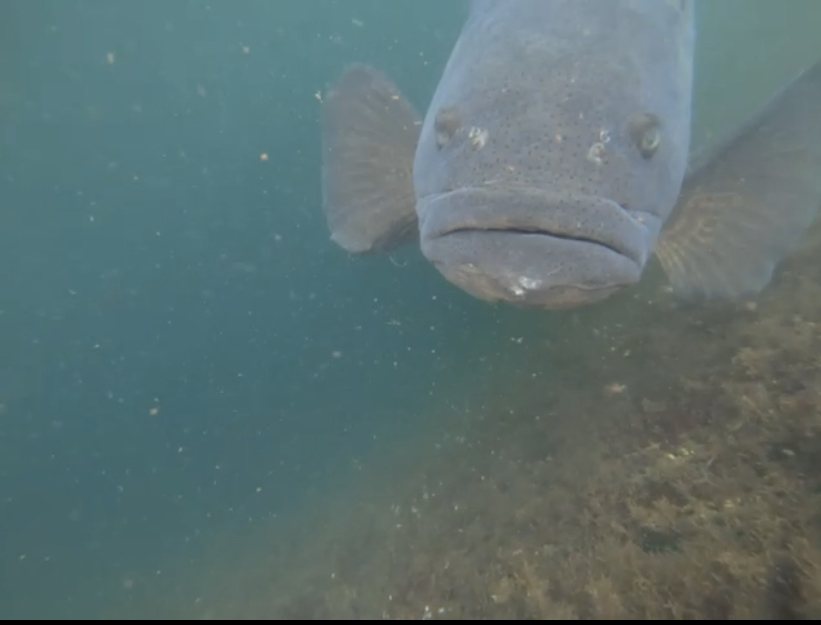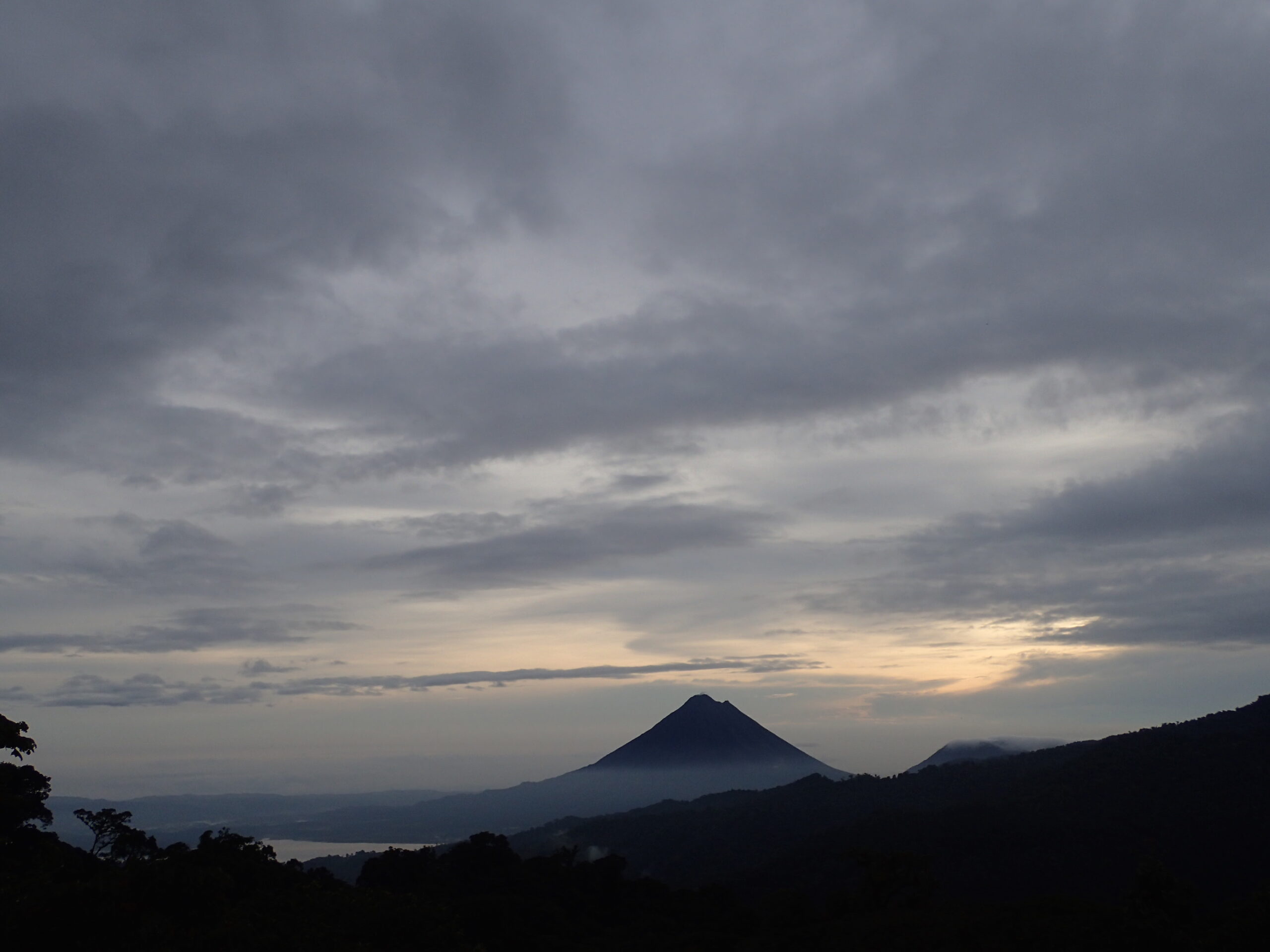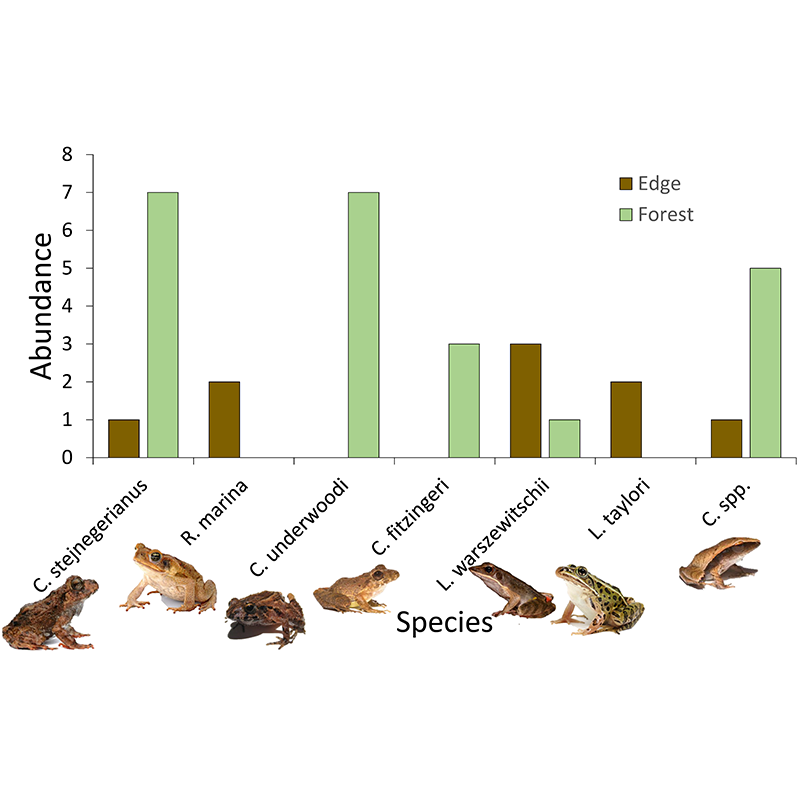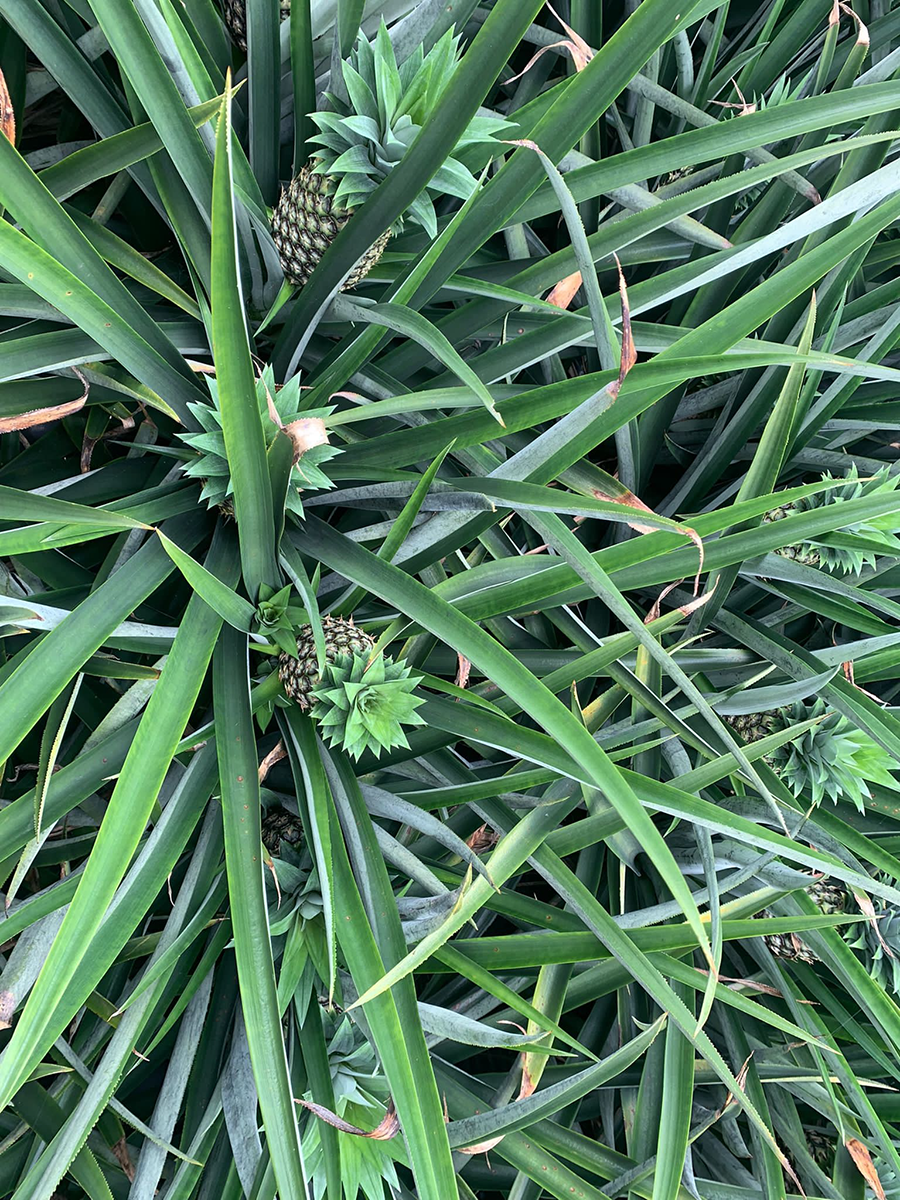Human populations are steadily increasing all around the globe. Through developments in medicine and technology, the expected human lifespan has increased dramatically. This coupled with a steady birthrate and a large decrease in infant mortality has allowed us to grow our population from 6.2 to 7.9 billion in the past 20 years. By 2050 the global population is expected to reach 9.8 billion humans.
One concern we have about the growing population is food. Our agricultural outputs would need to increase an estimated 90% to match the demand for food by 2050. Unfortunately, with our current farming practices and technology, this is a highly unrealistic goal to set for our agricultural industry. One possible solution to avoid a food crisis in the future is aquaculture, or farming the ocean. It is possible to grow many species for consumption in the ocean, including many fish, shellfish, bivalves, and algae.
Farming in the ocean is beneficial for more than just humans. Growing algae, such as kelp, helps sequester excess nitrogen from the waters that are a cause of fertilizer runoff. Turning to sustainable growing practices can help reduce overfishing that has devastated our natural fisheries. An increase in ocean farming means we can move away from heavily farming cows and pigs, which produce large amounts of greenhouse gasses, use a large majority of our antibiotic drugs, and require deforested land that once was home to many species that are threatened or endangered.


On our visit to Playa Cuajiniquil in Guanacaste, we had a chance to visit a small-scale aquaculture site where they are experimenting with growing two species, Goliath Grouper and Red Snapper. The site constituted three large ‘pens’, each about 48 cubic meters. The owners of the site were testing different methods of rearing the fish with moderate amounts of success, although they couldn’t get the fish to grow as big as they would in the wild.
Although aquaculture could be a good alternative (or supplement) to land-based agriculture, it isn’t perfect. For example, breaches of aquaculture farms often occur and can introduce species into new environments, such as genetically modified salmon or large invasive oysters. It is important that as we move forwards with aquaculture we implement sustainable practices. Many of these practices are detailed by Bren Smith in his book Eat Like a Fish: my adventures as a fisherman turned restorative ocean farmer.




